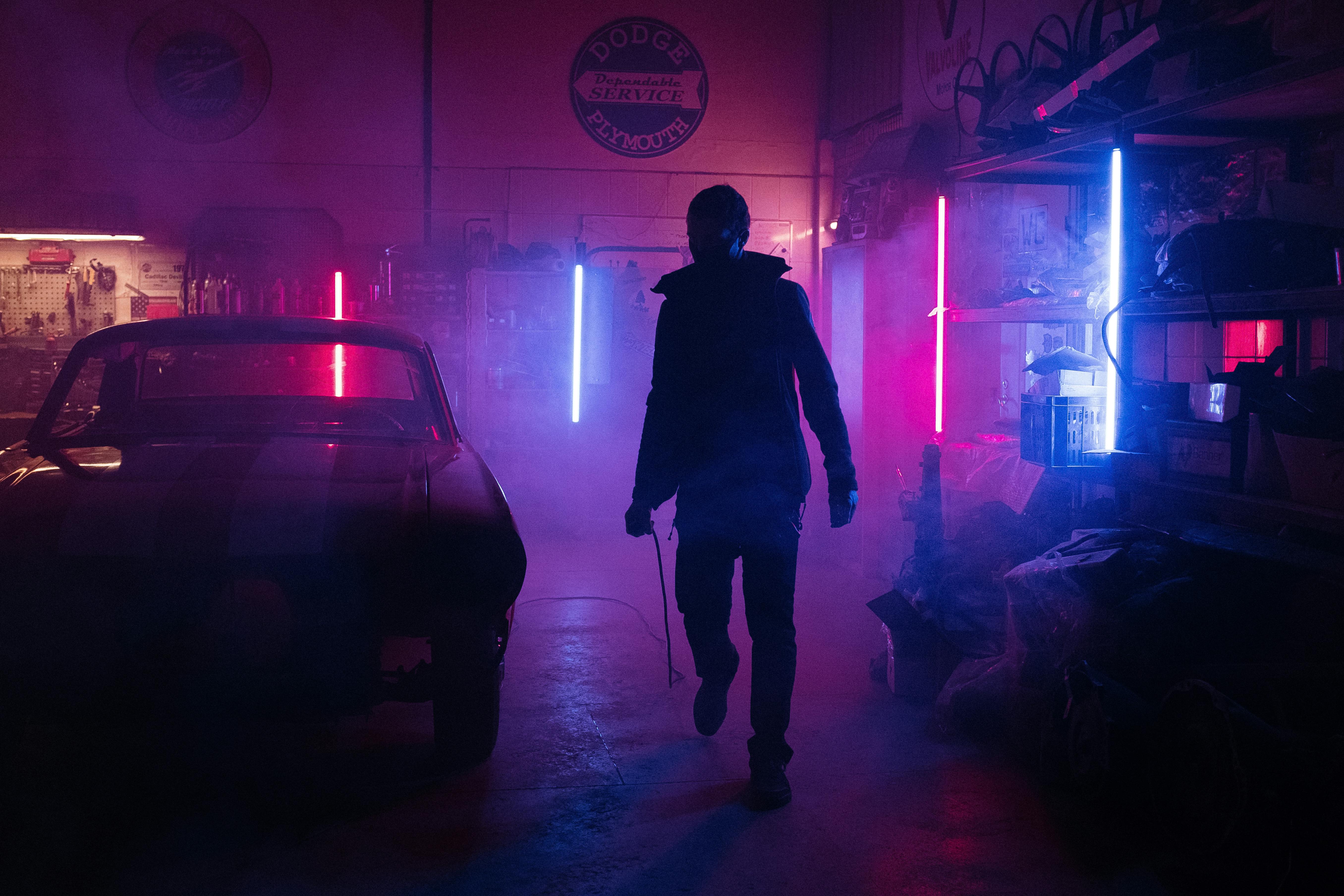Rosh Hashanah marks the beginning of a Hebrew calendar year. It is a serious occasion, more like the first day of school than the first day of January. It is a time to see how much we have grown during the year, in a Jewish sense, a time to give an account of spiritual, ethical and religious growth. Therefore, the shofar, the ram’s horn: like the alarm clock on the morning of the first day of school, the piercing sounds of the shofar are a wake-up call, challenged to examine the lives lived in the year just ended, and to think about the roads for next year.
The two-day celebration of Rosh Hashanah is known as ‘yoma arichta’, which means one day, as the forty-eight hours of observance of Rosh Hashanah is considered an extended day. This two-day observance is observed not only in the diaspora but also in Jerusalem. However, it is imperative that the first day of Rosh Hashana falls only on the following days: Monday, Tuesday, Thursday, or Shabbat. Also, there is a subtle difference between the second day of Rosh Hashanah that was observed when the months were calculated based on testimony and the second day that is observed today. In the first period, if no witnesses appeared, the first day was celebrated according to the dictation of the rabbi and the second day would be at the behest of the holy book, the Torah. Currently, as the calendar depends on fixed calculations, the first day of Rosh Hashanah is a Torah obligation and the second day is a rabbinical enactment.
A custom observed on the first day of Rosh Hashanah in the afternoon (or the second day in the afternoon if the first day is Shabbat), is to gather at a stream or river to symbolically cast off sins. The ceremony is known as ‘Tashlich’ (“to discard” in Hebrew) and involves throwing crumbs from pockets into running waters and reciting Bible verses. A central verse in the ceremony is from the Book of Micah (7:19): “And you kill, you cast [vetashlikh] all your sins in the depths of the sea. “
At the dawn of Rosh Hashanah, it is an old custom to go from house to house with a sack, where people who have money put coins in it and those who cannot pay take coins out of the sack, but it is not possible to know for sure who donates. and who removes. This custom is known as Tzedakha, or ‘Charity’, which is observed in fulfillment of the Mitzva or commandments that he promulgates to share what we have with those in need.
Rosh Hashanah includes the standard festive choreography of candle lighting and Kiddush blessing over wine, complemented by a variety of culinary customs that highlight the day’s themes. These begin with a round challah loaf, reminiscent of a king’s crown, denoting the reign of God, or alternatively, the ongoing continuity of the life cycle.
Apples are dipped in honey, expressing the hope that the coming year will be one of goodness and sweetness, and the following is recited: “May it be Your will, our God and God our ancestors, may our new year be good and sweet.” . Honey, in addition to being consumed with apple, is also used to soak Chalá, the traditional bread. In fact, there are several dishes prepared with honey to celebrate Rosh Hashanah. Sephardic Jews serve covered fruit baskets so that no one knows what is inside the basket, just as no one knows what is in store for the coming year.
Various other foods became customary to eat, due to the connection of their names (in Hebrew or Aramaic Yiddish) with our prayers for the coming year. Before each meal, a prayer is said that begins: “May it be Your will, our God and God of our ancestors …”
On this holiday, people spend most of their time praying in synagogues. It gives them the opportunity to repent and pray for mercy to God alongside their friends, family or loved ones. Married men wear Kittel, the traditional white that attracts as a symbol of purity. Likewise, married women cover their heads inside the synagogue. They pray and fervently listen to the ‘chazan’ recited by the rabbi.
However, Rosh Hashanah is not simply about fun and fun. It is a time of prayer, of deep personal introspection, and of rekindling spiritual sensibilities. It is time for families and friends to look back and try to rectify the crimes they have committed. Family members ask for forgiveness and forgive in return. Flipping through family albums and reminiscing about fond memories of yesteryear is how some like to spend this vacation.



